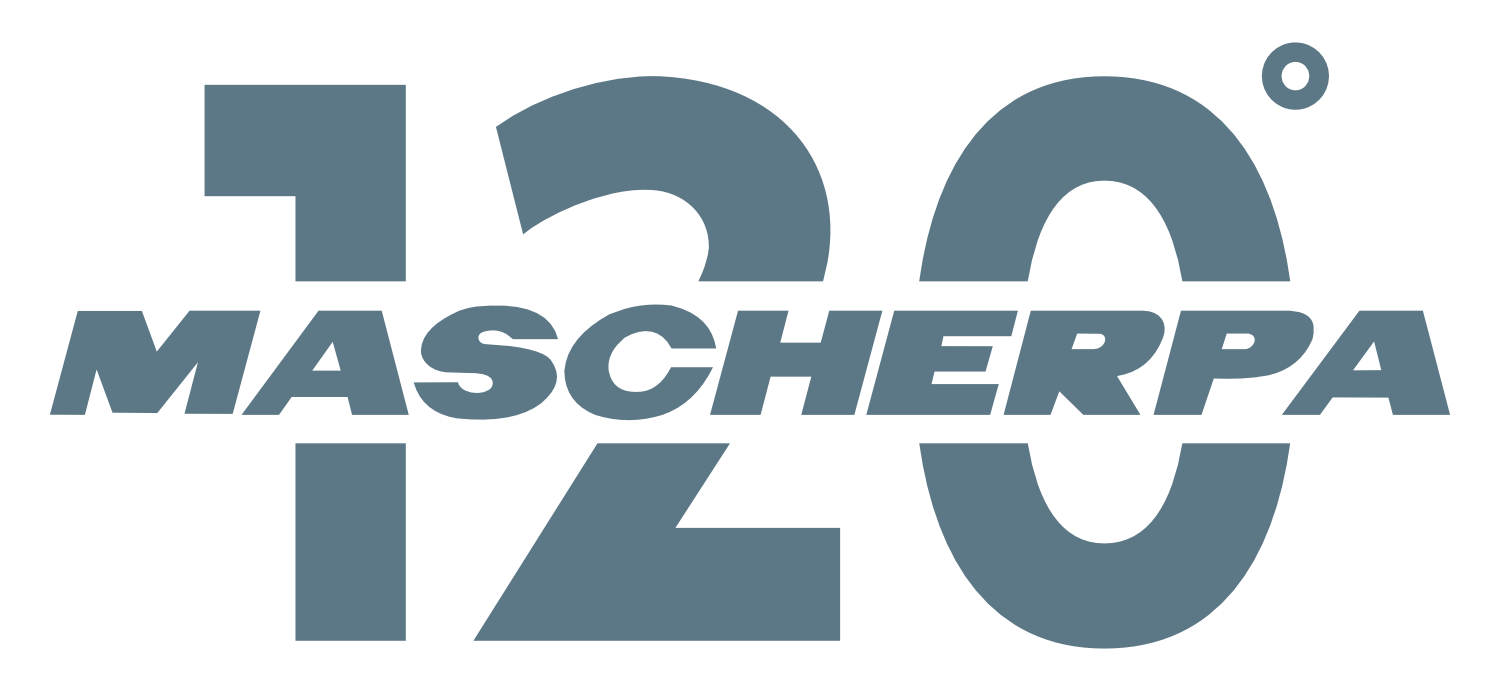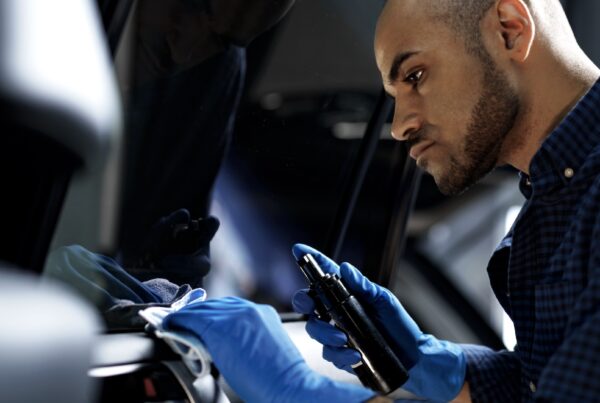How to select the type of mixer for industrial adhesives
Static mixers for light and simple products
A static mixer consists of a series of spiral or square elements aligned in a tube. When the two components of the adhesive are pumped together through each element, they are separated, creating layers.
The number of layers doubles as each element passes through, which means that 20 elements in series create more than 1 million layers. This process effectively creates a homogeneous mixture of the two components.
Static mixers are generally disposable, that is, they are lightweight, require no maintenance, and do not need to be cleaned between applications. They are available in a wide range of sizes and can be mounted on manual cartridges or automated dispensing machines.
Static mixers work well with low- and medium-viscosity products, but may not achieve a sufficiently homogeneous mixture if
- the viscosity of the different components of the adhesive is very different, or
- the viscosity is very high or the components are strongly thixotropic.
Static mixers tend to create back pressure as material flow is restricted. This can lead to very high pumping pressures or low production rates, especially if the viscosity of the adhesive is high.
BENEFITS
- Suitable for cartridges and meter-mix equipment
- Very simple and reliable operation
- Does not require cleaning
- Inexpensive
DISADVANTAGES
- Low yield with high-viscosity products
- Can create high back pressure on metering pumps
- May not mix all types of products
Dynamic mixer for difficult-to-mix products
A dynamic mixer generally consists of a shaped (often spiral) rotor that is spun inside a tube or chamber mounted on a mixing head.
The two adhesive components are pumped through holes at the inlet and are mixed as the rotor rotates.
The rotor must be operated independently (e.g., electrically or pneumatically), which means it is not suitable for manual application of cartridges and the mixing head is heavier and less portable than a static mixer.
Dynamic mixers can overcome some of the limitations of static mixers by being able to effectively mix components of very different viscosities or materials with very high viscosities.
Dynamic mixers normally require cleaning between applications, such as solvent washing or disassembly and cleaning. Dynamic mixers create low back pressure and can therefore be used with low-pressure pumps or to achieve high output speeds.
Some automated dosing machines use a combination of dynamic and static mixers to optimize the quality of the mixture with respect to the size of the mixing head.
BENEFITS
- Can mix high-viscosity or highly thixotropic products
- Creates low back pressure for dosing machines
DISADVANTAGES
- Suitable for dispensing equipment only
- Increasing the size of mixers makes them poorly transportable
- Need for cleaning/washing between applications
- Higher cost than static mixers
Chemical compatibility: considers the chemistry of the product
When choosing dispensing equipment, it is important to consider the chemical compatibility of the adhesive with the different parts of the machine:
- For manual cartridges, the chemical compatibility of adhesive components and cartridge materials is verified by the adhesive manufacturer.
- for automatic machines, it is important to consider the chemical compatibility of the adhesive with the metal parts and elastomeric seals of the machine.
Failure to do so may result in degradation of the dispensing machine or change in adhesive properties.




